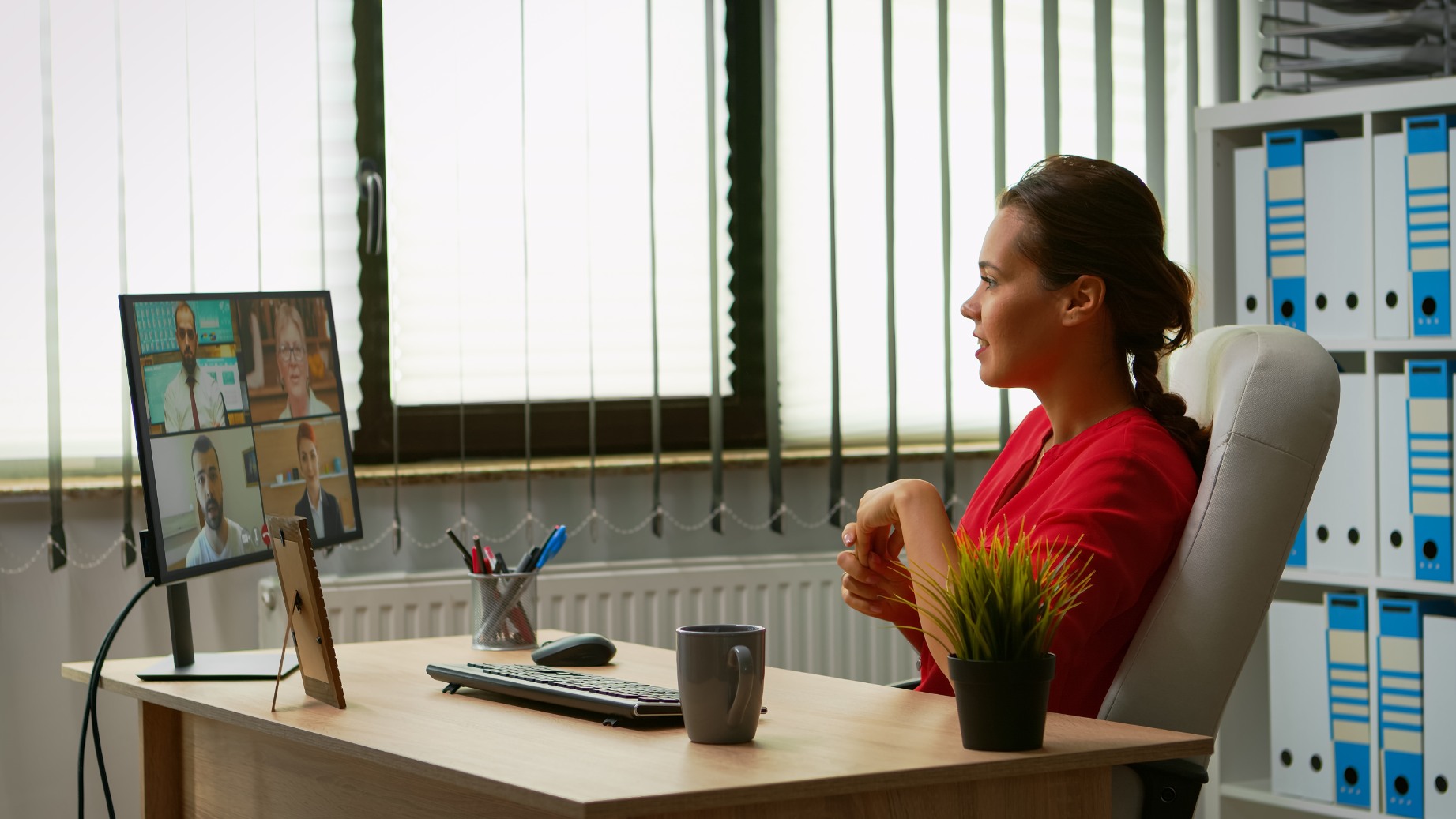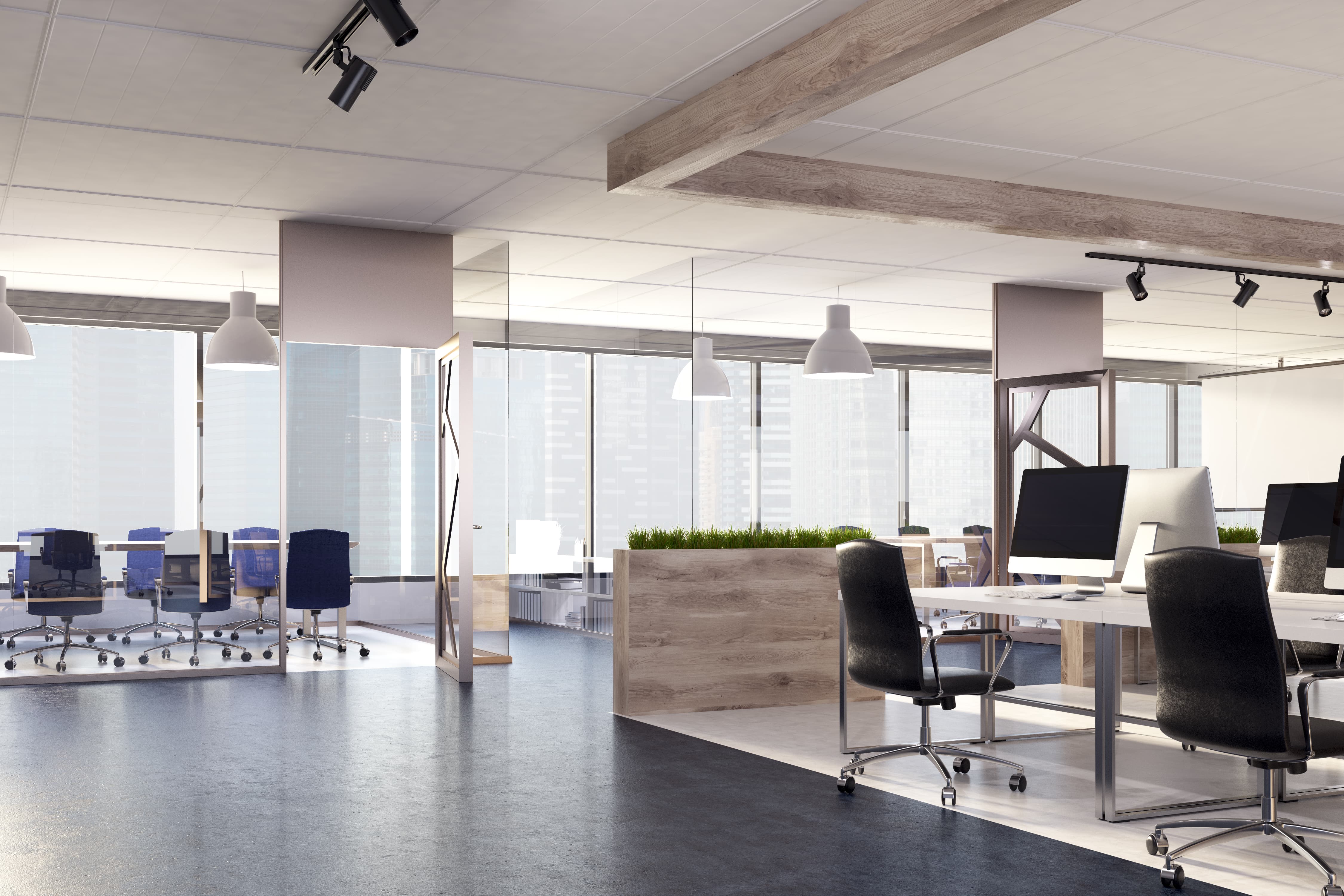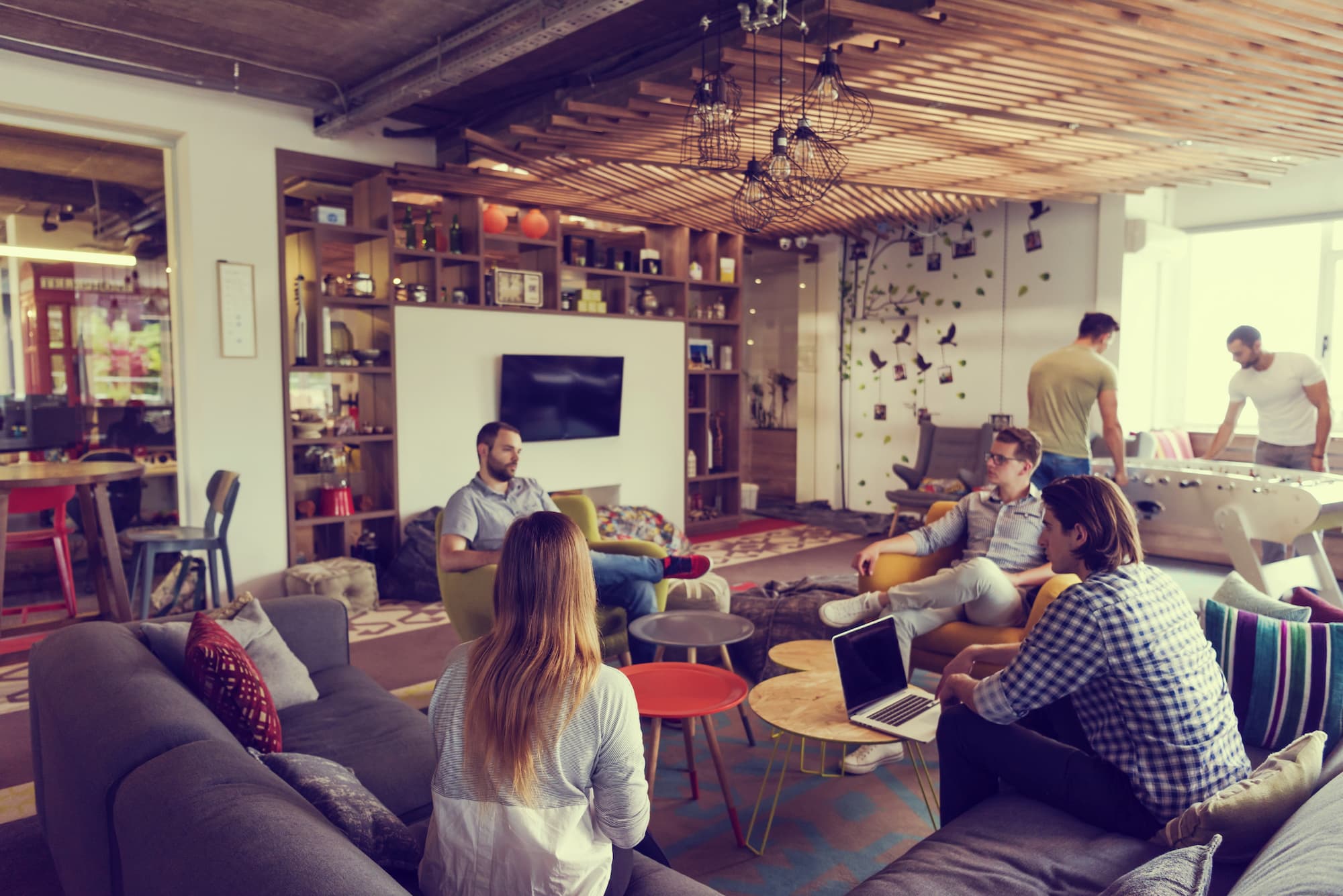Over the last year, many people have been working from home as a result of the Covid-19 pandemic. As economies start to recover and move towards the new normal, it’s likely that employees will want to return to some of the normality of office working while also maintaining some of the benefits of working from home.
As a result of this, the concept of hybrid working is likely to become more popular. Many employees will split their working hours between traditional offices and a home work space, while the office becomes more important as a social anchor point and a culture space for collaboration and learning.
Read on to learn more about hybrid working and how partnering with Truspace is the smart way to create a hybrid office for your business.
What is a Hybrid Office?
The hybrid office model was already in use by some businesses before the pandemic, but now its popularity is increasing. A hybrid workplace model allows employees to have more freedom over where they work, so they can spend some time working in the office and some time working from home.
It’s a flexible work model and there are various ways to implement hybrid working. You might create a hybrid workplace that allows your employees to spend most of their time at home with a certain amount of time in a designated office space, or allow hot desking on an ad hoc basis. Some workers may prefer to spend most or all of their work hours in the office which requires a permanent desk space.
Hybrid Working in the Post-Pandemic Era
There’s uncertainty around returning to the office but you can be sure that office working will look different.
Numerous studies have shown that many workers don’t want to return to working full-time in the office. They miss some aspects of office working but have become accustomed to the benefits of working from home.
It’s also unlikely that we’ll see a return to the densely packed open-plan offices from before the pandemic. Businesses will need to consider what safety features are necessary together with capacity limits for personnel in their offices. The World Economic Forum recently recommended that offices should operate at 30% occupancy when they reopen to staff.
There may be a move towards smaller hybrid office spaces for specific teams to use, or groups of staff coming together to work in the office on certain days.
So how can you balance the wishes and safety of your staff with your business objectives?
Designing the Hybrid Office
There are a number of steps that you will need to take when you’re designing a hybrid office and employing an experienced architect firm like Truspace is the best way to make the process run smoothly.
Create a Hybrid Working Policy

If your business didn’t allow flexible working before the pandemic, you’ll need to set out guidelines and expectations for your staff.
Clarify who will be allowed to work from home and any positions which will be required to work full-time from the office. It’s also important to consider points such as hours of work, who will be in charge of work schedules and any office events with mandatory attendance.
Invest in the Right Tools

You’ll also need to consider how employees will work, what IT equipment will be provided by your company and what software tools will be needed.
You may need to invest in headsets and webcams as well as additional software licenses. Remote access software, project management tools and communication systems such as Slack and Zoom will also be needed, together with collaboration tools such as Google Drive or Microsoft Teams.
It’s also important to check your IT security and make sure that staff are aware of the risks and procedures.
Design your Hybrid Office Layout

Now it’s time to turn your attention to the layout of the hybrid workplace.
You’ll need to consider the size of your space and how many staff you will need to accommodate at any given time. It’s important to take into account the latest safety guidelines and to make sure that you leave enough space around each individual workspace.
Your hybrid office design still needs to represent the company branding and organizational values, and you should also consider what the space will be used for under the hybrid working model. Will your space be used for meetings and internal events, or for entertaining potential and current clients?
There’s a lot to consider and the simplest way to ensure that your hybrid office restructure comes in on time and within budget is to employ an experienced design and build firm. Truspace has offices conveniently located in Edmonton, Calgary, Toronto and Vancouver, and we’re highly experienced in delivering quality builds which inspire people and encourage collaboration.




